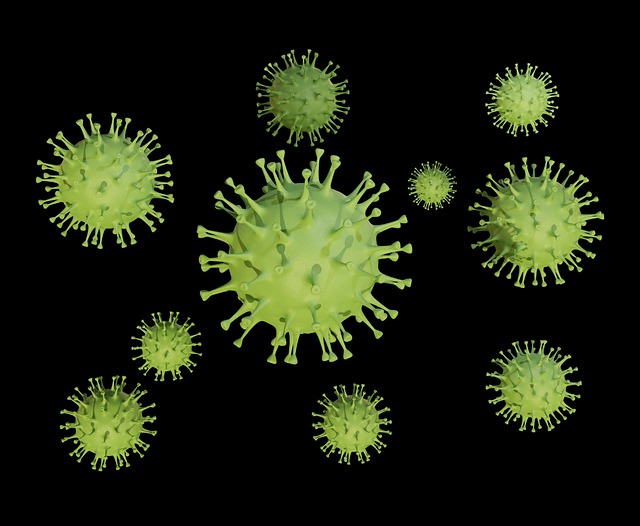In a new study published online in the American Thoracic Society ’s American Journal of Respiratory and Critical Care Medicine , researchers sought to determine the percentage of COVID-19 patients discharged from the hospital who had a type of fibrotic lung damage, known as interstitial lung disease, which requires ongoing follow-up care. These patients had varying degrees of COVID-19 severity upon admission to the hospital.
In the study: " Residual lung abnormalities following COVID-19 hospitalization: interim analysis of the UKILD Long-COVID study ," the authors examined evidence of abnormal lung patterns on follow-up CT scans of discharged COVID-19 patients. from the hospital, patterns that could be suggestive of interstitial lung disease. Characteristics of the 209 study participants who underwent CT scans were applied to a larger posthospitalization cohort of nearly 3,500 people without CT scans to stratify the risk of residual lung abnormalities.
“ Interstitial lung disease ” refers to a broad group of diseases characterized by lung scarring, including idiopathic pulmonary fibrosis. This scarring makes it difficult to breathe and deliver oxygen to the bloodstream. The lung damage from this group of diseases can be irreversible and worsen over time.
"We estimate that up to 11 percent of hospitalized COVID patients had a fibrotic pattern after recovery from acute illness," said corresponding author Iain Stewart, PhD, advanced investigator (Rayne Foundation), Margaret Turner Warwick Center for Health. Fibrosing Lung Disease, National Heart and Lung Institute, Imperial College London. “While many people experience prolonged shortness of breath, the main implication of these findings is that a considerable number of people discharged from a COVID hospitalization may also have fibrotic abnormalities in the lungs. These results should help focus efforts to closely follow at-risk patients. This follow-up should include repeated radiological imaging and pulmonary function tests.”
He added: “For some people, these fibrotic patterns may be stable or resolve, while for others they may lead to longer-term progression of pulmonary fibrosis, poorer quality of life and reduced life expectancy. Early detection of progression is essential to improve outcomes.”
The UK Interstitial Lung Disease (UKILD) study was carried out in cooperation with the PHOSP (post-hospitalisation)-COVID study, which consists of researchers and clinicians from across the UK, to look at how different patients who were hospitalized with COVID- 19 later recovered. The UKILD COVID study excluded patients in PHOSP-COVID who had interstitial lung disease before COVID-related hospital admission.
Interim study participants were discharged from the hospital at the end of March 2021, while interim data was collected through October 2021, restricting analysis to 240 days after discharge. The investigators identified patients with chest CT scans from the PHOSP-COVID database.
The primary outcome they sought to determine was the prevalence of residual lung abnormalities in people discharged from a COVID-19 hospitalization. Analyzes were performed to determine participants’ risk factors for residual lung abnormalities in those who did not receive a CT scan. These risks were used to estimate prevalence in the general hospitalized population at the end of March 2021.
According to the authors, "UKILD’s post-COVID interim analysis of residual lung abnormalities in patients hospitalized with COVID-19 provides the largest assessment of prevalence in hospitalized people to date, and is consistent with findings from a number of other studies." small that demonstrate persistent radiological patterns and impaired gas transfer during long-term follow-up of patients with COVID-19. At the time of this interim analysis, it is not possible to determine whether the residual lung abnormalities observed represent early interstitial lung disease with potential of progression, or if they reflect a pneumonitis that may be stable or resolve over time.”
“The next phase of the study is a primary analysis, which will be carried out after 12 months. At that time, we will also use linked electronic health records of hospital admissions and mortality data to support our analyses. We hope to have the final results in early 2023.”
Conclusions Residual lung abnormalities were estimated in up to 11% of people discharged after COVID-19-related hospitalization. Health services should monitor people at risk to elucidate long-term functional implications. |
















